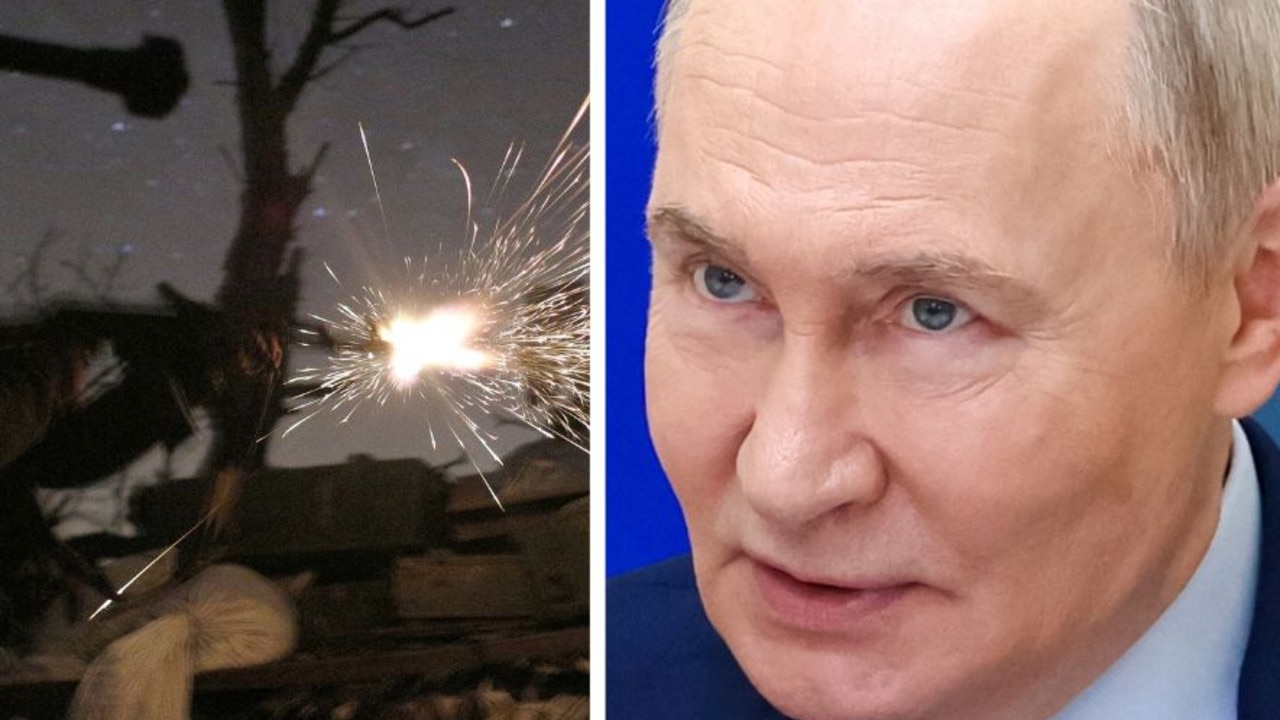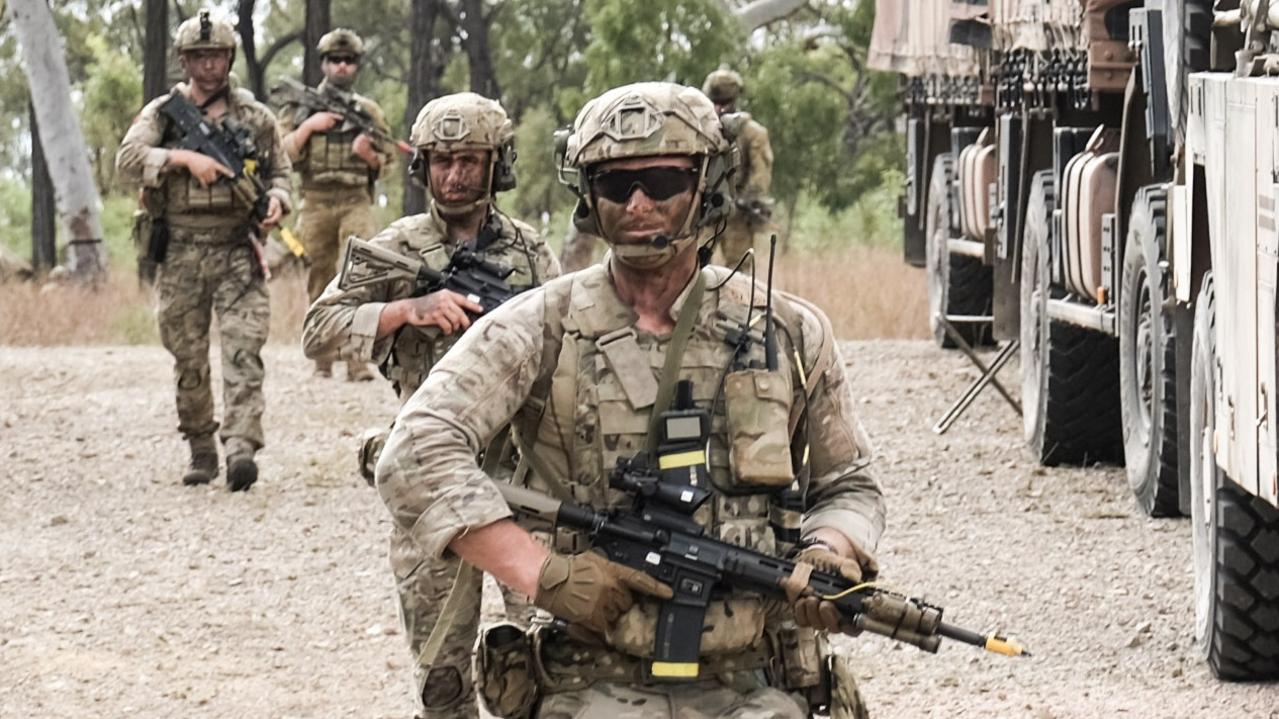‘After us, silence’: Two million documents detailing Russia’s nuclear expansion leaked
An astonishing leak of over two million documents has exposed one of Vladimir Putin’s best kept secrets.
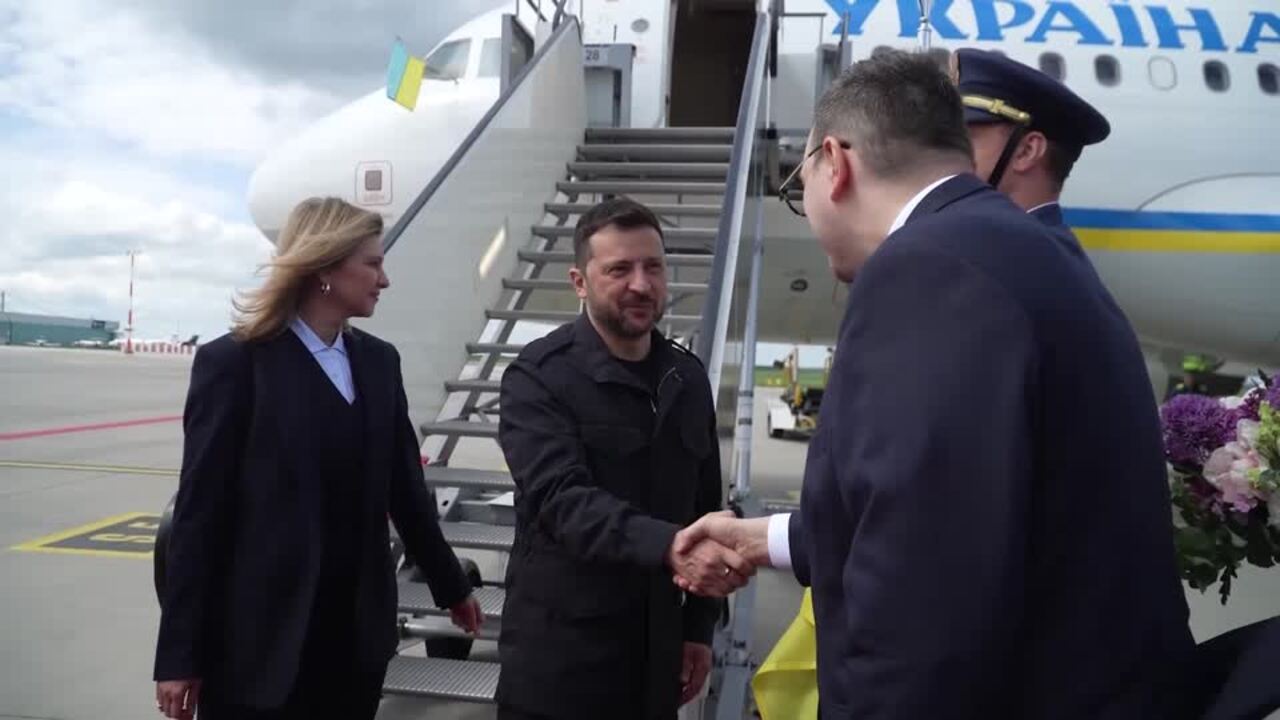
Buried beneath the plains of southern Russia in the shadow of the Ural Mountains, a vast network of fortified missile silos, tunnels and command centres has undergone a dramatic transformation.
Europe has been gripped by the sudden emergence of over two million leaked documents revealing the scale and ambition of Moscow’s nuclear infrastructure overhaul.
Without mutual inspections in place since 2020, understanding Russia’s true capabilities has been difficult, meaning leaks are viewed as solid gold for Western governments.
The documents, published by the Danish independent outlet Danwatch, providea chilling glimpse into President Vladimir Putin’s long-game strategy to reinforce Russia’s famous deterrence doctrine.
At the centre of it is Yasny — a remote military town that houses elements of Russia’s Strategic Missile Forces. Since 2019, the complex has been fitted with Avangard hypersonic glide vehicles, an advanced nuclear delivery system touted by Putin himself in 2018.
He bragged that they are capable of evading even the most complex of Western defences.

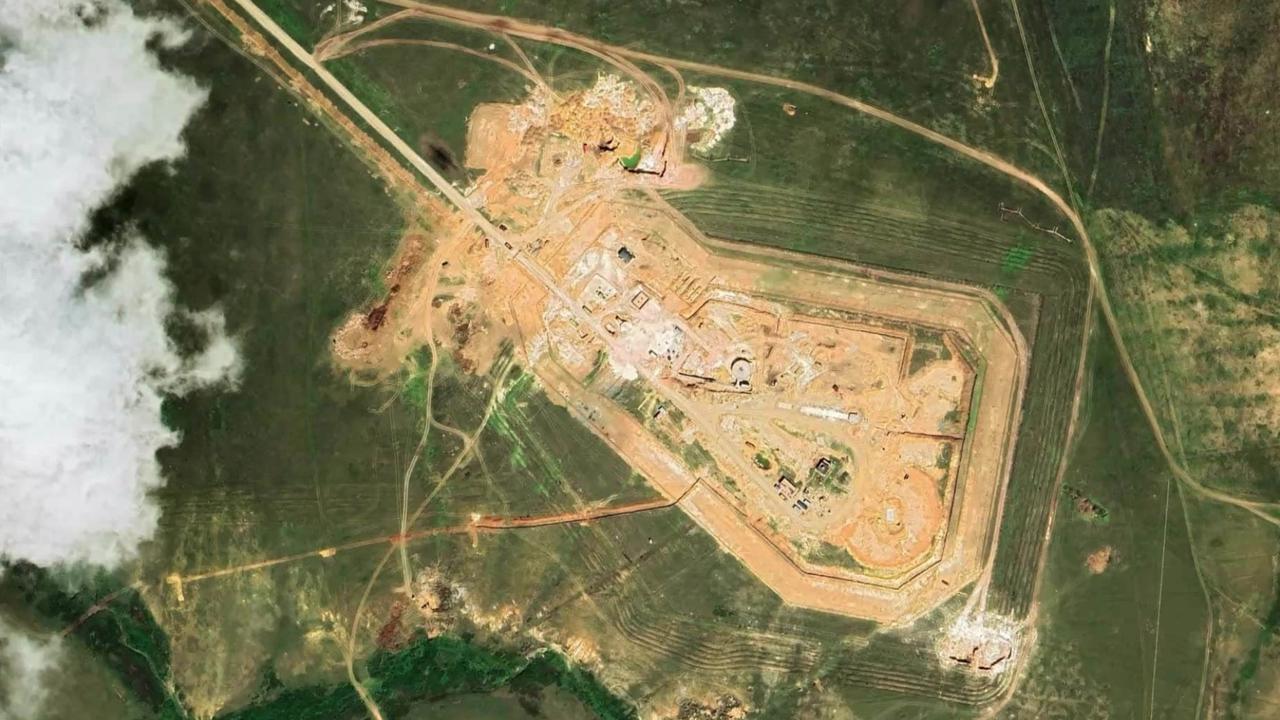
“Nobody wanted to listen to us — so listen now,” the Russian leader warned at the time. That speech signalled a renewed arms race, one shaped not by Cold War parity but by 21st-century asymmetry.
What once appeared on satellite imagery as a modest array of fenced-off silos has morphed into a heavily fortified expanse. Leaked procurement records show an influx of cement, steel, IT systems and surveillance equipment, used to build control centres, barracks, and miles of subterranean tunnels.
The upgraded perimeter includes three-deep electric fences, radiation and seismic sensors, blast-proof infrastructure, and automated defence systems including remote-controlled weapons.
Life inside the complex is reportedly regimented and insular. Recruits reportedly pass time playing chess and lifting weights, while signs posted throughout the base warn, “Stop! Turn around! Forbidden zone!”
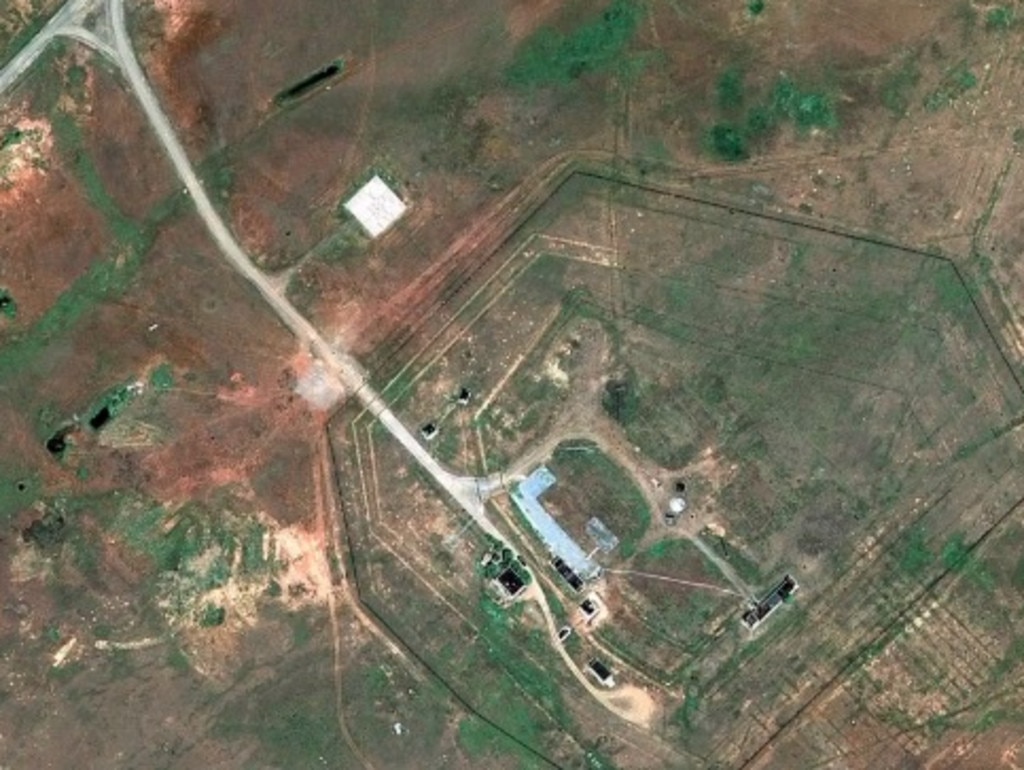
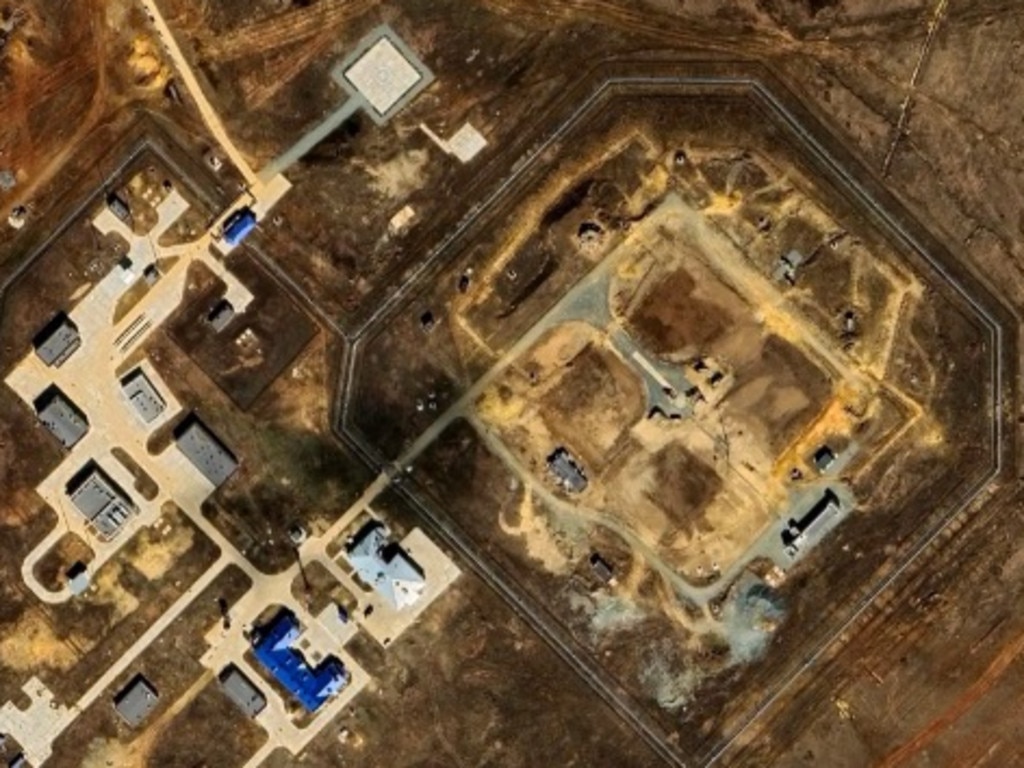
Putin has previously stated that Russia would never be the first to use nuclear weapons, but that if attacked, retaliation would be absolute.
“Any aggressor should know that retaliation is inevitable and they will be annihilated,” he declared.
In a separate speech in 2024, Putin warned his nuclear forces were “always” on alert.
“Russia will do everything to prevent a global clash, but at the same time we will not allow anyone to threaten us. Our strategic forces are always on alert,” Putin told thousands of soldiers gathered for their annual Victory Day in 2024.
“Russia is now going through a difficult, crucial period. The fate of the Motherland, its future depends on each of us,” he said.
‘After us, silence’
Analysts believe that large-scale nuclear confrontation remains unlikely due to the apocalyptic consequences for all sides.
Nonetheless, the modernisation is real and so is the message.
The motto of Russia’s Strategic Missile Forces tells you quite a bit on its own: “After us, silence.”
Military analysts argue that Russia’s recent posture, including regular nuclear threats during the war in Ukraine, reflects a shift in doctrine. There is a growing perception that Moscow’s threshold for nuclear deployment may have lowered.
“It’s important that we have a correct understanding of the situation,” said Tom Roseth, a defence analyst who spoke to Der Spiegel.
“Many still don’t fully recognise the fundamental shift in security policy. Russia has modernised its arsenal — and they’ve threatened to use it.”
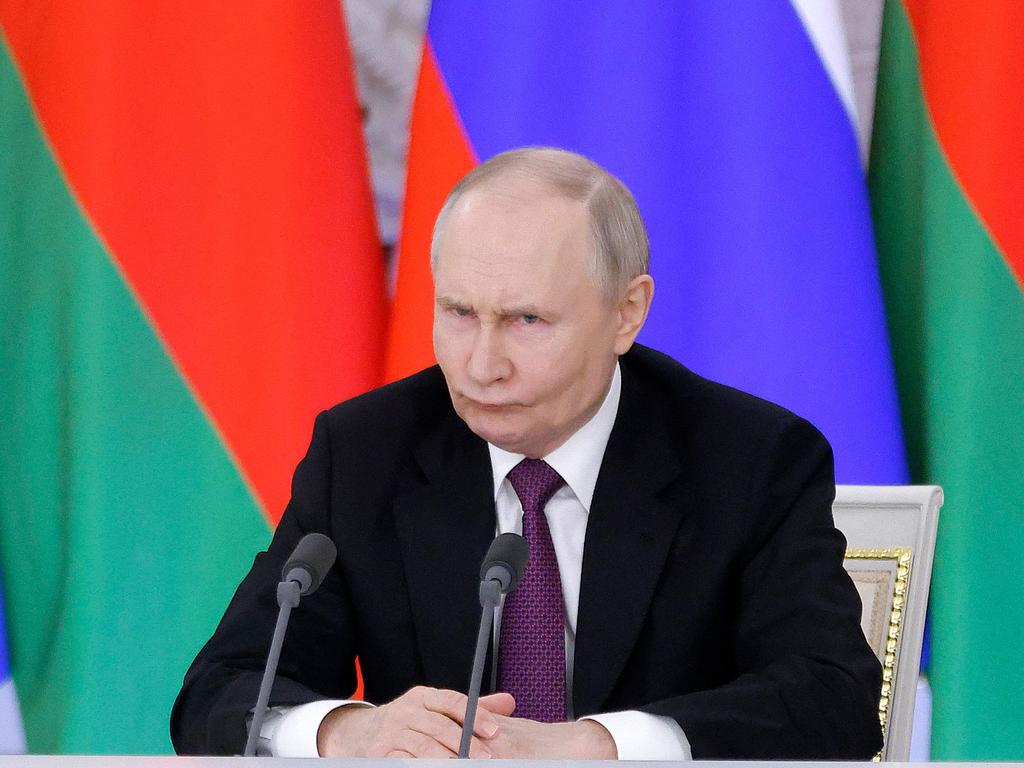
The revelations come as Western nations steadily lift restrictions on Ukrainian use of long-range weaponry against targets inside Russia. Germany, France, the UK and the US have all recently removed limitations, enabling Kyiv to strike military installations across the border — a development with clear strategic implications.
Despite mounting warnings from think tanks and EU-aligned leaders, a wider Russian attack on NATO remains unlikely.
Roseth added: “They will certainly evaluate whether they can reduce the vulnerabilities that have been revealed. That could mean rerouting cables or reinforcing key infrastructure — but such changes come at a high cost.”
‘12,500 nukes’
Roughly 12,500 nuclear weapons exist today, held by nine nations: the US, Russia, China, India, France, the UK, Pakistan, Israel and North Korea. The arms race, once tempered post-Cold War, is again accelerating.
Leaders claim deterrence, but the threat of miscalculation — like the 1983 false alarm that nearly triggered Armageddon — looms large. Russian pundits regularly invoke nuclear threats as Vladimir Putin continues his war in Ukraine.
North Korea remains defiant, expanding its arsenal and testing missiles dangerously close to Japan. Estimates of its nuclear cache range from 50 to 130.
In her book, Nuclear War: A Scenario, analyst Annie Jacobsen outlines how a launch would unfold — with US satellites detecting ignition in under a second, and the President given mere minutes to respond. “
We don’t wait to absorb a nuclear blow,” she says. “We launch.”





